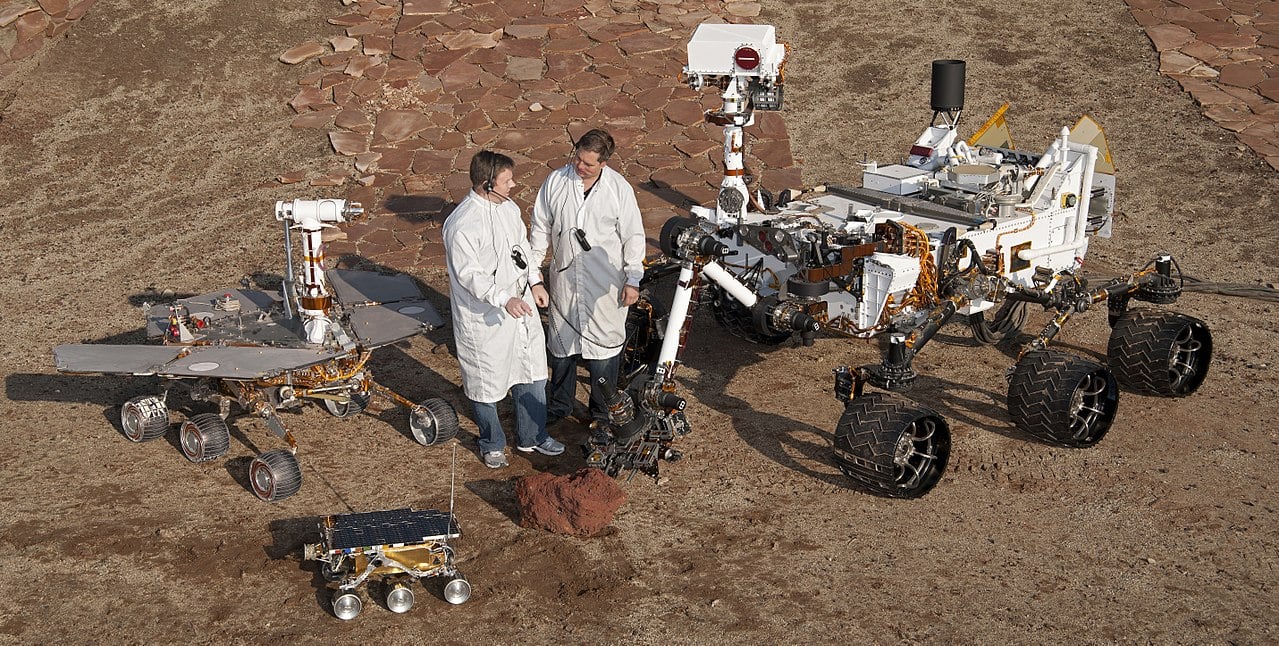NASA’s Curiosity rover continues to make fascinating discoveries on the Martian surface after an unexpected reboot occurred, following the mission completion of the Opportunity Rover. NASA announced that Curiosity has rebooted itself and is working properly.
The Curiosity rover has been climbing Mount Sharp since it started in 2014. Now, NASA’s robot has reached a clay region which could provide scientists with new clues about the environment of the Red Planet, and its possibility of hosting life as we know it on Earth.
However, its journey was interrupted last Friday when an issue occurred during the rover’s boot-up. The issue or a bug caused the rover to not perform its planned activities, forcing it to enter safe mode to protect itself from failure. The safe mode didn’t last for too long, as the rover was brought back to the operating mode as soon as Tuesday, Feb. 19. Despite the issue that emerged for unknown reasons, the rover has continued working normally, with NASA engineers sending and receiving technical data from the robot. They have continued communicating with the rover in order to determine the cause of the issue that made it go into safe mode and the unexpected reset.
“We’re still not sure of its exact cause and are gathering the relevant data for analysis,” Steven Lee, Curiosity’s deputy project manager at NASA’s Jet Propulsion Laboratory in Pasadena, California, said in a news update. JPL leads the Curiosity mission. “The rover experienced a one-time computer reset but has operated normally ever since, which is a good sign,” he added. “We’re currently working to take a snapshot of its memory to better understand what might have happened.”
Lee added that in order to prevent further issues, it’s the wisest to put the scientific operations on the rover on hold, until the real issue behind the unexpected reboot is determined and understood.
“In the short term, we are limiting commands to the vehicle to minimize changes to its memory,” Lee said. “We don’t want to destroy any evidence of what might have caused the computer reset. As a result, we expect science operations will be suspended for a short period of time.”
Currently, Curiosity is one of two of NASA’s rovers that explores the Martian surface, looking for life. There’s also InSight, a stationary lander which reached the Red Planet on Nov. 26. The lander explores the geological properties of the planet, also being on the look-out for so-called marsquakes. Meanwhile, the Opportunity rover, which fell asleep in June last year, has been announced dead by the space agency, after serving NASA for over 14 years.
Meanwhile, through its mission, NASA’s Curiosity rover explores the Martian region called “Glen Torridon,” studying clay minerals which can be seen from the orbit. These minerals form from water and are of significant importance for the team which operates Curiosity. The rover is designed to study environments which could have supported life on Mars through its geological history. That said, water is of great importance in finding that.
“The science team is eager to drill our first sample from this fascinating location,” JPL’s Ashwin Vasavada, Curiosity’s project scientist said. “We don’t yet understand how this area fits into the overall history of Mount Sharp, so our recent images give us plenty to think about.”





